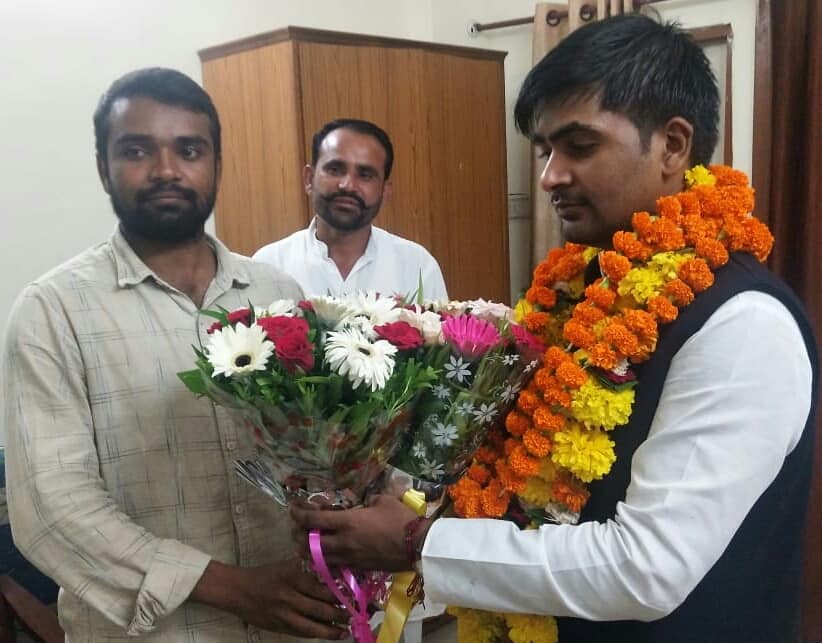The geographical location of a country or state greatly affects the historical events and economic development of that place. It also influences the attitude of its citizens and their behavior. Geographically located in the central place of the country, Madhya Pradesh is actually like the heart of India.
During the period 1156–1605, the entire region of present-day Madhya Pradesh came under the Mughal Empire, while Gondwana and Mahakaushal remained under Mughal-dominated Gond control, but enjoyed virtual autonomy. After the death of Aurangzeb in 1707, Mughal control weakened, as a result of which the Marathas began to expand and between 1720-1760 they established control over most of Madhya Pradesh. Holkar ruled most of the Malwa settled in Indore,
Gwalior was ruled by Scindia and Nagpur was controlled by Mahakaushal, Gondwana, and Vidarbha in Maharashtra was ruled by Bhosale. At the same time, the descendants of the Afghan general Dost Mohammad Khan of the Muslim dynasty were the rulers of Bhopal. In no time, the British expanded the dominion from their strongholds like Bengal, Bombay, and Madras. They defeated the Marathas in 1775-1818 and made treaties with their states and established paramountcy over them.
Most of the small states including the big states like Indore, Bhopal, Nagpur, Rewa of Madhya Pradesh came under the British Empire. In 1853 the British annexed the kingdom of Nagpur, which included south-eastern Madhya Pradesh, eastern Maharashtra, and Chhattisgarh, allied with the Saugor and Nerbudda terrorists to form the Central Provinces in 1861. The princely states of northern Madhya Pradesh were governed by the Central India Agency.
After India’s independence in 1947, hundreds of princely states were merged into the Union with the formation of the Republic of India on 26 January 1950. The boundaries were rationalized with the reorganization of the states. In 1950 Madhya Pradesh was formed by merging the former British Central Provinces and the princely states of Berar, Makrai, and Chhattisgarh, and Nagpur was made the capital.
New states like Madhya Bharat, Vindhya Pradesh, and Bhopal were formed by the Central India Agency. As a result of the reorganization of the states, in 1956, the states of Madhya Bharat, Vindhya Pradesh, and Bhopal were merged into Madhya Pradesh, the then C.P., and some districts of Berar were transferred to Maharashtra and minor adjustments were made in Rajasthan, Gujarat, and Uttar Pradesh.
Then Bhopal became the new capital of the state. Initially, the state had 43 districts. After this, in the year 1972, two big districts were bifurcated, Bhopal from Sehore and Rajnandgaon from Durg. Then the total number of districts increased to 45. In the year 1998, 16 more districts were created out of larger districts and the number of districts became 61. In November 2000, the south-eastern part of the state was bifurcated to form the new state of Chhattisgarh. Thus, the present state of Madhya Pradesh came into existence, which is the second-largest state in the country and is spread over a geographical area of 308 lakh hectares.

